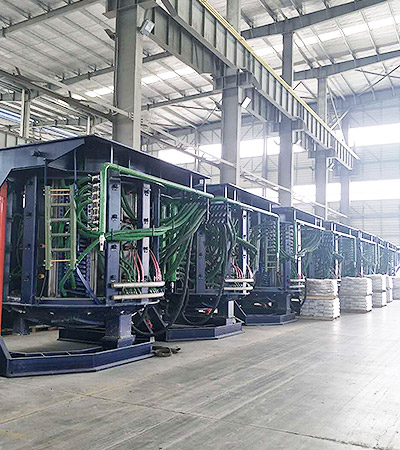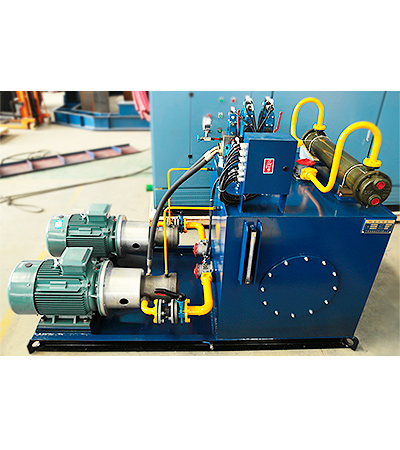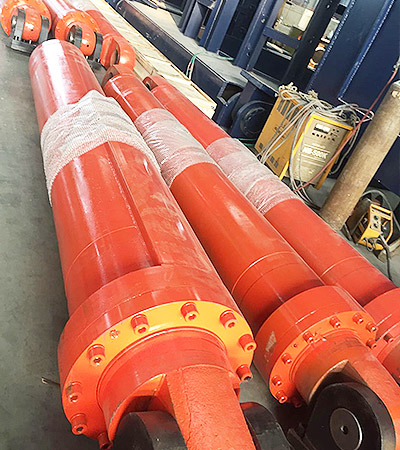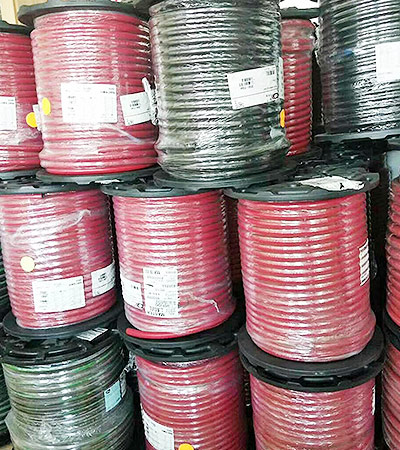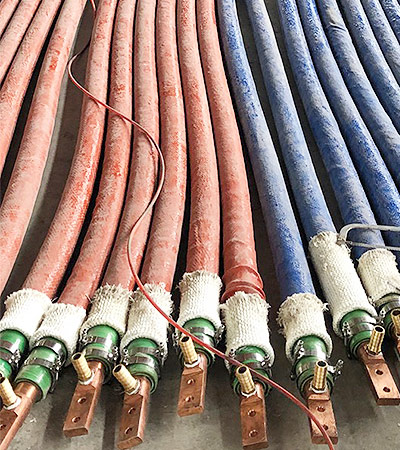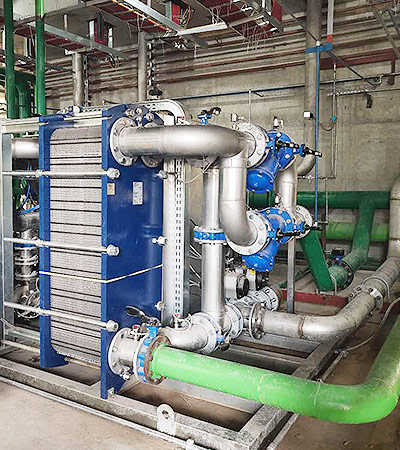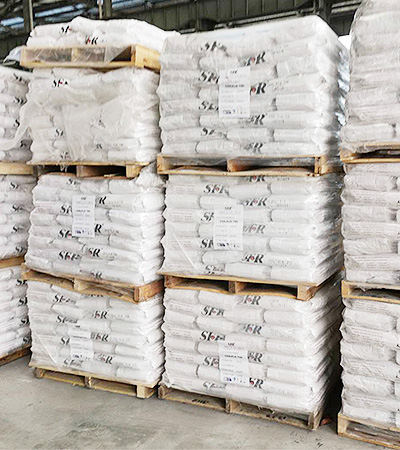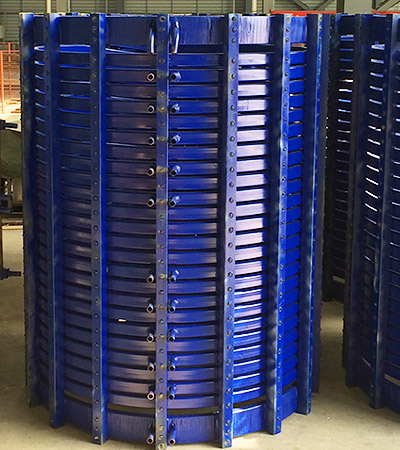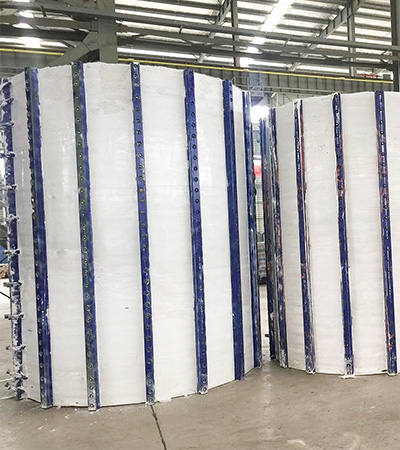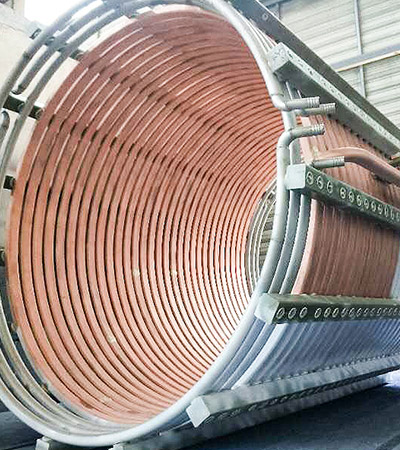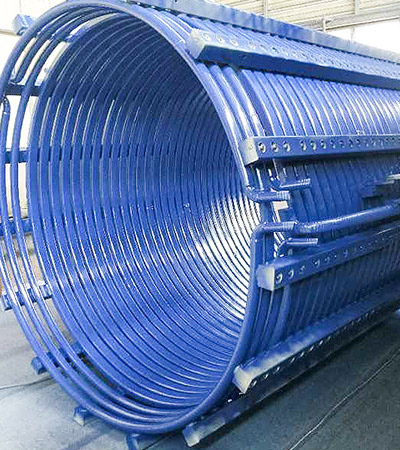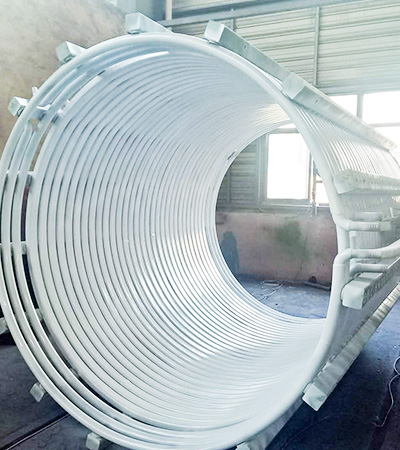Do the friends who know the hydraulic station know what is the hydraulic station stacking valve?
(1) Composite function stack valve
The composite function stack valve is a hydraulic valve that realizes two or more control functions in one control spool.
1. sequential throttle valve
The laminated sequence throttle valve is a compound valve composed of a sequence valve and a throttle valve, and has two functions of a sequence valve and a throttle valve. The integral structure consists of 1 valve body, 2 valve cores, 3 throttle valve adjustment rods, and 4 sequence valve springs. The sequence and the throttle valve share a spool, and a triangular groove-shaped orifice is set on the control edge of the sequence spool. The orifice opens and closes with the opening and closing of the control port of the sequence valve, and the opening and closing of the orifice depends on the pressure A of the control oil circuit of the sequence valve. When the pressure of the oil circuit A is greater than the set value of the sequence valve, the orifice is opened; when the pressure of the oil circuit A is less than this value, the orifice is closed. It can be used in the hydraulic system with multi-circuit centralized oil supply to solve the pressure interference problem of each actuator during work.
Taking the multi-cylinder hydraulic system as an example, when the system is working, the pressure interference between the cylinders is mainly due to the rapid drop of any hydraulic cylinder from the working feed to the rapid drop during the working process, resulting in a sudden drop in the system oil supply pressure, causing other actuators. Insufficient feed force affects machining accuracy. But in such a system, if a sequential throttle valve is used, when the hydraulic cylinder is fed from work to drop rapidly, at the moment when the reversing valve is switched, and before the oil circuits P and B are connected, due to the oil circuit A pressure drops , the orifice of the sequential throttle valve is closed in advance to keep the pressure of the high-pressure oil source Pi unchanged, so as not to affect the normal work of other hydraulic cylinders.
2. Electric check valve
The valve consists of three parts: the speed control valve part I connected by the plate, the main body part I of the superimposed valve, and the pilot valve part I of the plate structure. The overall structure of the valve is a combined structure, and the speed control valve part I can use the common parts of the ordinary one-way speed control valve, which has high versatility.
The poppet valve 10 and the pilot valve 12 in the main valve body 9 are used in the working cycle of the circuit for fast forward, working feed, stop or rapid return. When fast-forwarding, the electromagnet is energized, the pilot valve 12 is moved to the left, the d cavity and the e cavity are cut off, and the e cavity and the f cavity are connected, and the oil in the spring cavity b of the poppet valve returns to the oil circuit through the e cavity, the f cavity and the superimposed valve. T is turned on and unloaded. At this time, the poppet valve 10 is opened under the action of the hydraulic oil in the a cavity, and the hydraulic oil passes through the poppet valve from Al to A, which makes the circuit fast forward. When working and feeding, the electromagnet is powered off, the pilot valve is reset, and the hydraulic oil of the oil circuit Al passes through the d, e cavity to the b cavity, and the valve port of the poppet valve is closed. At this time, the hydraulic oil entering from Al can only reach A through the speed regulating valve part, so that the circuit is in a working feeding state. When the circuit turns to fast rewind, the hydraulic oil enters the valve from A, and the poppet valve can be opened automatically to realize fast rewind.
(2) Single-function stack valve
The valve body of the single-function stack valve in the hydraulic system has four channels: P, T, A, and B, so each valve can have many different combinations according to its control point, which is very different from ordinary single-function hydraulic valves. The working principle and structure of the single-function stack valve are similar to three common hydraulic valves. For the structure of various valves in the single-function stack valve, please refer to the related product spectrum series.

 English
English España
España EN
EN
